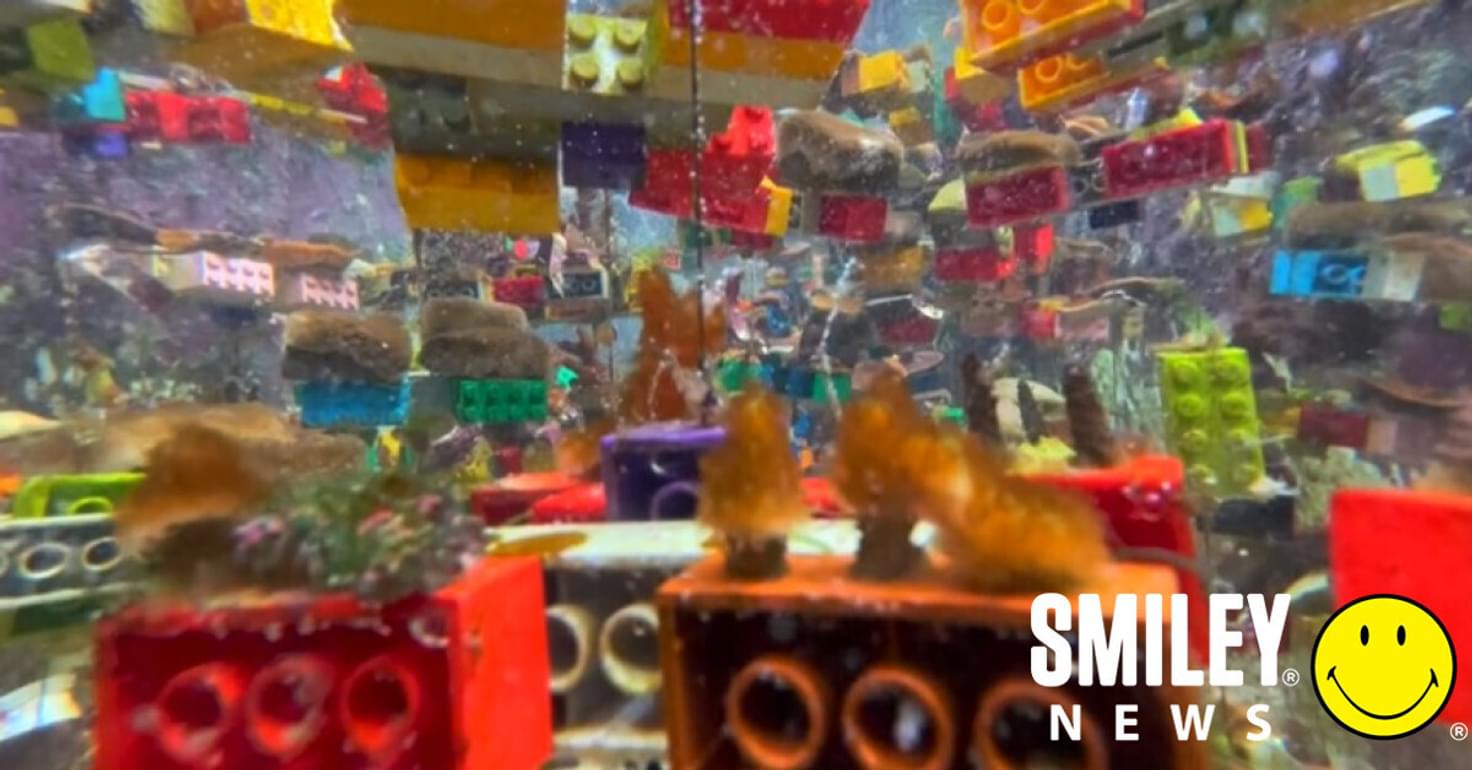
Words by Smiley Team
Singapore is home to a third of the world's diversity of coral species – a huge amount for a tiny country. Coral reefs protect the world's coastlines, are home to thousands of fishes and are a vital part of the underwater ecosystem.
However, issues like coastal development, reclamation and pollution have caused Singapore's reefs to deplete over the decades. But a group of scientists from the National University of Singapore is trying to change this – with the help of some Lego blocks.
The number of coral species around the world is about 800, but they're delicate and easily-damaged. They’re home to many species of marine life and also play a part in reducing global warming.
(Read more about this coral reef restoration project)
For the first time, Lego is being used for reef restoration. Scientists take loose bits of coral from the reefs, which are then broken up and attached to Lego blocks. These small pieces can then grow into larger colonies.
Lego is fit for this purpose as it’s modular, scalable and so it can be worked up with larger pieces of coral, then more building blocks can just be stuck on. When working with smaller corals, smaller pieces can be used.
This is called "vertical farming", and it also helps save space. It’s not a new concept, but now the Lrgo blocks can be strung down to maximise space in the aquarium.
Neo Mei Lin, a leading marine biologist and senior research fellow from the National University of Singapore’s Tropical Marine Science Institute said: “Detachable Lego bricks proved very useful in helping us to hold corals and giant clams in place.
"It’s easy to see why we should save marine creatures like dolphins and whales, but not many people realize that we first have to start with their habitats which are under threat from man-made activities.”
(This living sea wall is bringing oceans back to life)
At the moment, the coral pieces are just being used for research experiments at the St John’s Island National Marine Lab. But the hope is to one day grow enough coral to be transplanted back into Singapore’s waters.
Singapore is strategically located at the crossroads between the Pacific and Indian Ocean. It’s unique position in the tropical South China Sea offers unprecedented opportunities for rapidly advancing research and discovery in tropical marine science.
Similarly, in Hong Kong, marine biologists turned to 3D printing as a means of repopulating dead and damaged reefs.
The scientists in Singapore also want to launch a ‘blue plan’ for their oceans and seas, to teach Singaporeans new ideas such as retention, rejuvenation and restoration, before it’s too late.
You can learn more about the National University of Singapore’s Tropical Marine Science Institute here.